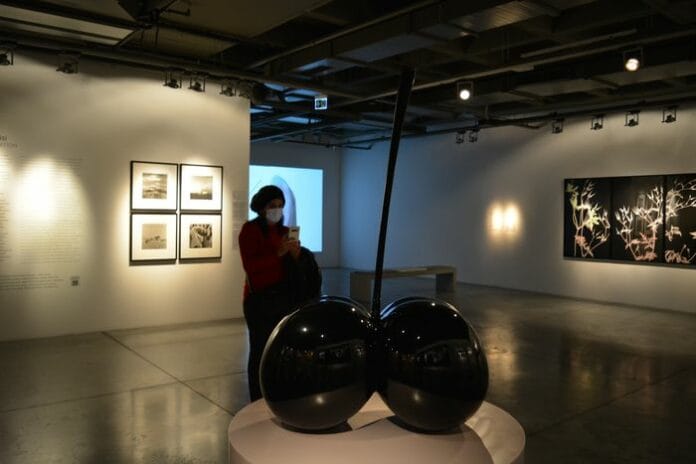In the 1890s, women’s societies in Bulgaria began to push for equal education for girls and boys in high school. They wanted the same curriculum for both genders. Their efforts led to a heated debate about women’s education. As a result, a law was passed in 1897 that made high school education equal for girls and boys, setting it at seven grades above the primary four-year level.
Women Admitted to Sofia University
Although Bulgarian women were allowed to attend Sofia University in 1901, society still held strong prejudices about women’s “intellectual abilities” and the roles they were expected to play. These views were held by many, including well-known intellectuals like Dr. Krastiu Krustev, Stoyan Mihailovski, and even the socialist Ivan Hadzhiiski. There was even a government decision during the “university crisis” of 1907 that temporarily reversed the progress made for women’s higher education, though this decision did not last long balkan tours 2023.
The Rise of Women’s Organizations in the Early 20th Century
In the early 1900s, several major women’s organizations were formed, led by a new generation of women activists. One important group was the Bulgarian Women’s Union (BWU), founded in 1901. Its goal was to improve Bulgarian women’s intellectual and spiritual well-being. The union was created in response to the limitations placed on women’s university education in the late 1890s. It served as an umbrella organization, uniting 27 local women’s associations, with the writer Anna Karima (1871-1949) leading it Women’s Organizations in Bulgaria A Growing Movement.
The BWU’s Goals and Activities
The BWU held national congresses regularly and published a magazine called Zhenski glas (“Women’s Voice”) to share its ideas. It became the first large women’s organization in Bulgaria. However, over time, different opinions began to form within the organization. There were two main groups: one more traditional, representing the “bourgeois” (middle and upper class), and the other more socialist. Despite their differences, they worked together until 1903. After the Bulgarian Socialist Party split into two factions—“narrow” and “broad” socialists—the socialist women left the Union, upset by the decision to make the Union “above-class” and not focused on specific political ideologies.
Changing Goals and Focus of the BWU
Even after the split, the BWU continued the tradition of earlier women’s organizations, focusing on philanthropy. Over time, it began to shift its focus, influenced by contemporary women’s movements in the West. The organization gradually moved towards a new goal: the fight for equal civic and political rights for women. It wasn’t until 1907 that the BWU officially put “equality” on its agenda. At the 8th Union Congress in 1909, the organization emphasized its “above-class” and “above-party” principles, as well as its “truly feminist” nature.







